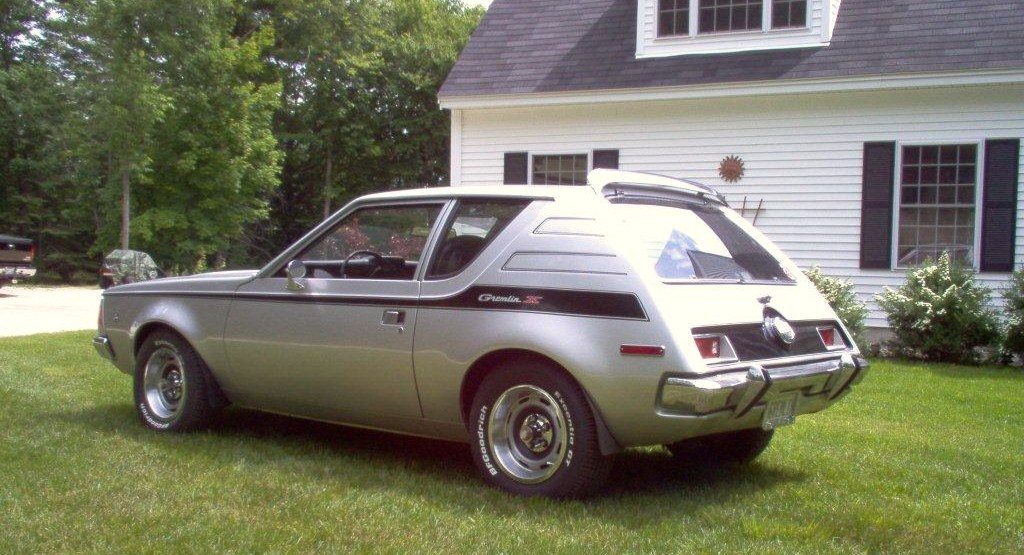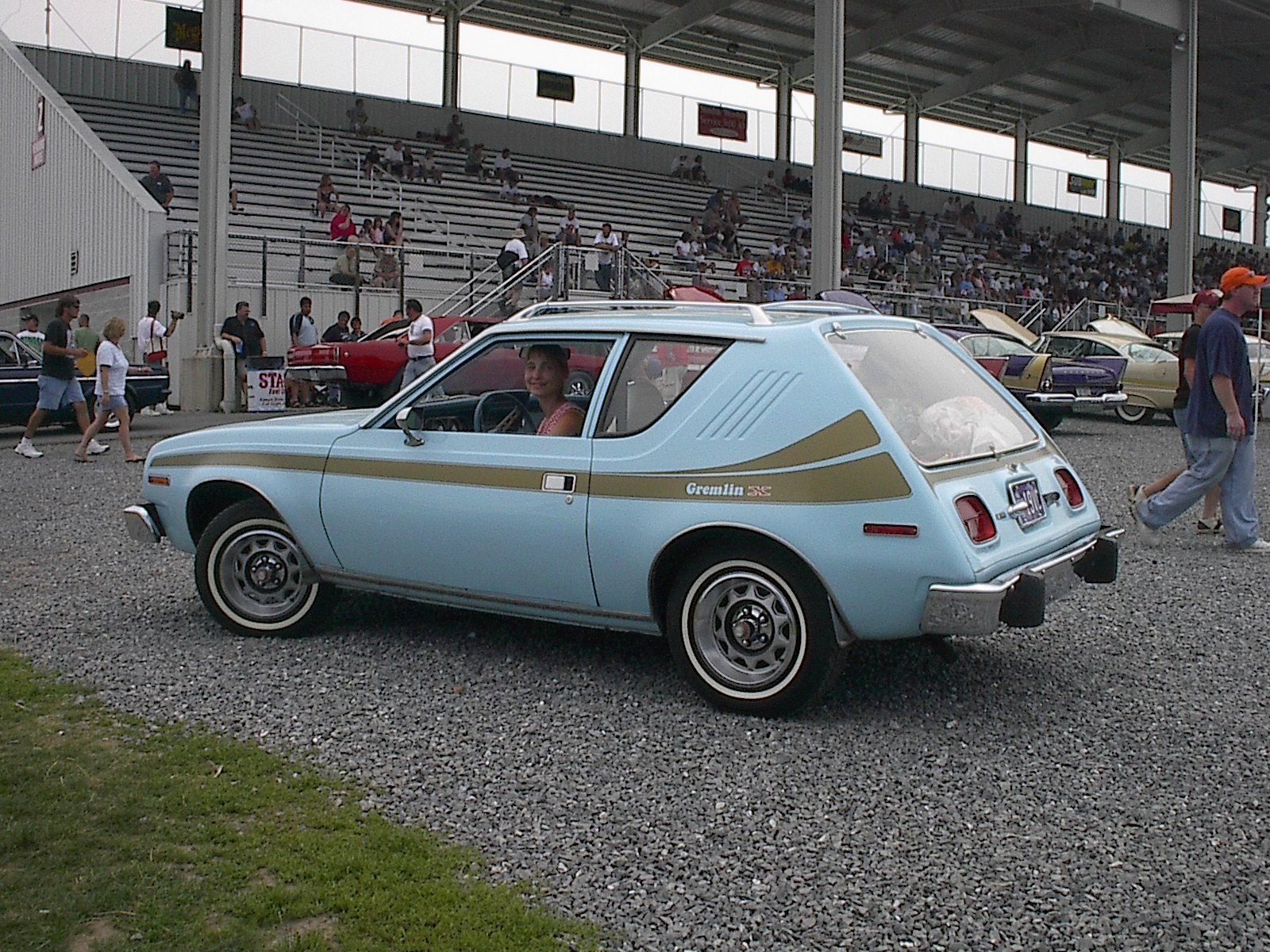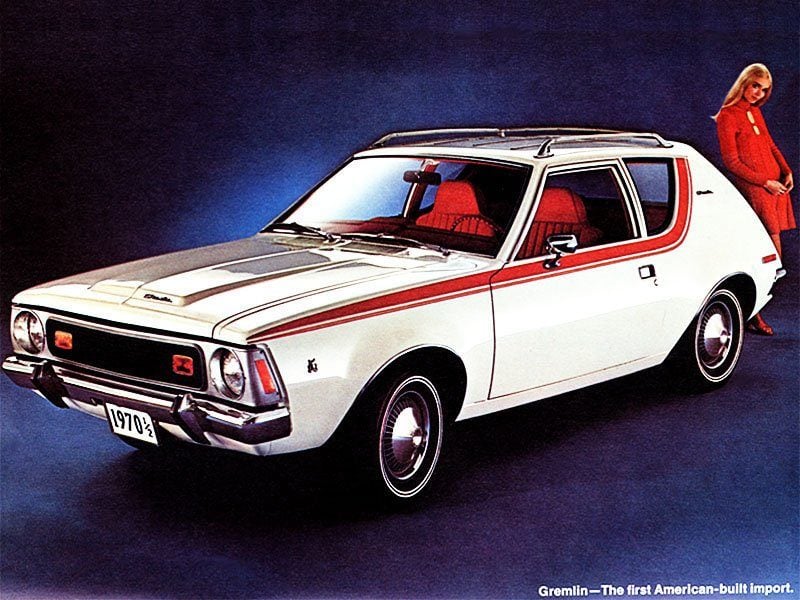- 15,465

- Orange County, NY
- GTP_GT916
- Nii916
1970-1978 AMC Gremlin nominated by @GranTurismo916

Engines: 122 ci (2.0L) I4 (Volkswagen EA827), 199 ci (3.3L) I6 (AMC 199 I6), 232 ci (3.8L) I6 (AMC 232 I6), 258 ci (4.2L) I6 (AMC 258 I6), 304 ci (5.0L) V8 (AMC Tall-deck 304), 401 ci (6.6L) V8 (Randall 401-XR)
Power: 122: ~100 hp 199: 128 hp; 232: 86-145 hp; 258: 95-150; 304: 120 hp; 401: 150 hp
Torque: 122: ~120 lb-ft.; 199: 182 lb-ft.; 232: 160-215 lb-ft.; 258: 180-240 lb-ft.; 304: 220 lb-ft.; 401: 245 lb-ft.
Weight: 1194 kg
Transmission: 3-speed manual, 4-speed manual, 3-speed automatic
Drivetrain: Front engine, rear wheel drive
Body Styles: 3-door hatchback

Engines: 122 ci (2.0L) I4 (Volkswagen EA827), 199 ci (3.3L) I6 (AMC 199 I6), 232 ci (3.8L) I6 (AMC 232 I6), 258 ci (4.2L) I6 (AMC 258 I6), 304 ci (5.0L) V8 (AMC Tall-deck 304), 401 ci (6.6L) V8 (Randall 401-XR)
Power: 122: ~100 hp 199: 128 hp; 232: 86-145 hp; 258: 95-150; 304: 120 hp; 401: 150 hp
Torque: 122: ~120 lb-ft.; 199: 182 lb-ft.; 232: 160-215 lb-ft.; 258: 180-240 lb-ft.; 304: 220 lb-ft.; 401: 245 lb-ft.
Weight: 1194 kg
Transmission: 3-speed manual, 4-speed manual, 3-speed automatic
Drivetrain: Front engine, rear wheel drive
Body Styles: 3-door hatchback









 I was thinking around 10:1 or something.
I was thinking around 10:1 or something.